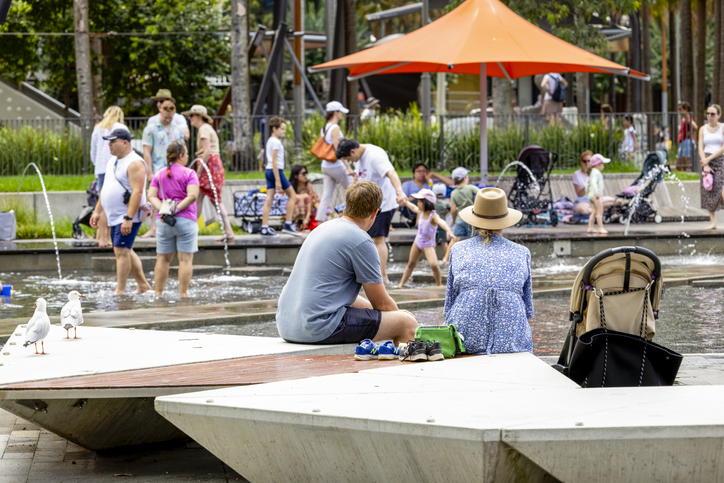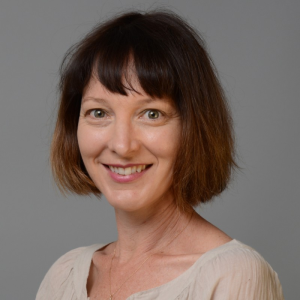
The NSW government has come together with the research sector in a bid to create better public spaces designed to meet future challenges including climate change and increasing urban density.

The Australian Research Council-funded Power of Public Spaces project, a collaboration between Macquarie University, TfNSW, the DPE and NSW Government Architect, also aims to promote Indigenous leadership in place design, chief investigator Associate Professor Donna Houston says.
She says the project hopes, over the next three years for which it has funding, to spark discussion and foster community engagement via a series of workshops and forums, and eventually produce a suite of resources to guide policy and planning.
“What we really hope to achieve in the project is to encourage a cross-sectorial discussion about the importance of public space, and bring together people who are working at different levels of government and academic research, and members of the community,” she told Government News.
“We want to engage in a productive and generative dialogue about the importance of public space which is really the glue that holds cities together, as recent experiences with covid lockdowns demonstrated.”
She says the team plans to publish a number of case studies about different types of public spaces and best practice approaches.
“The focus is on NSW but it won’t just be on cities,” she says. “We want to extend the focus to regional areas.”
Highlighting the value of public places
Professor Houston says the project aims to address several key issues.
“One is making sure the importance of public spaces is visible to decision makers, so they’re resourced and funded,” she says.
“We also need to think about the future management of public spaces – how can communities be brought into their design and management?
“As climate change becomes more impactful, and cities densify and get more concretised, greening is really critical.
“So is ensuring public spaces are safe and inclusive for the whole community, and recognising their importance for mental health and combatting loneliness.”
Caring for Country
Indigenous sovereignty and custodianship are also “super critical” issues to consider when thinking about public spaces.
“All public space is on Country, so one of the critical issues is how to better care for Country in public space, and how better to include First Nations custodians in those discussions, including Indigenous designers and planners and architects,” Professor Houston says.
The other component is thinking about the stories that public spaces are telling.
“For example, if you go to a park and it’s got a statue of Captain Cook or Governor Macquarie, that’s telling a certain story about place that doesn’t include Indigenous people and can be creating trauma,” she says.
Planning for future public spaces also needs to learn from mistakes of the past, such as thinking about how they’re used by diverse communities and putting more thought in to safety, shading, cooling and connections between spaces.
The project aims to amplify work around the state government’s Public Spaces Charter , which identifies 10 principles for quality public space, and Great Public Spaces toolkit, Professor Houston adds.
More information about the project is available here.
Comment below to have your say on this story.
If you have a news story or tip-off, get in touch at editorial@governmentnews.com.au.
Sign up to the Government News newsletter